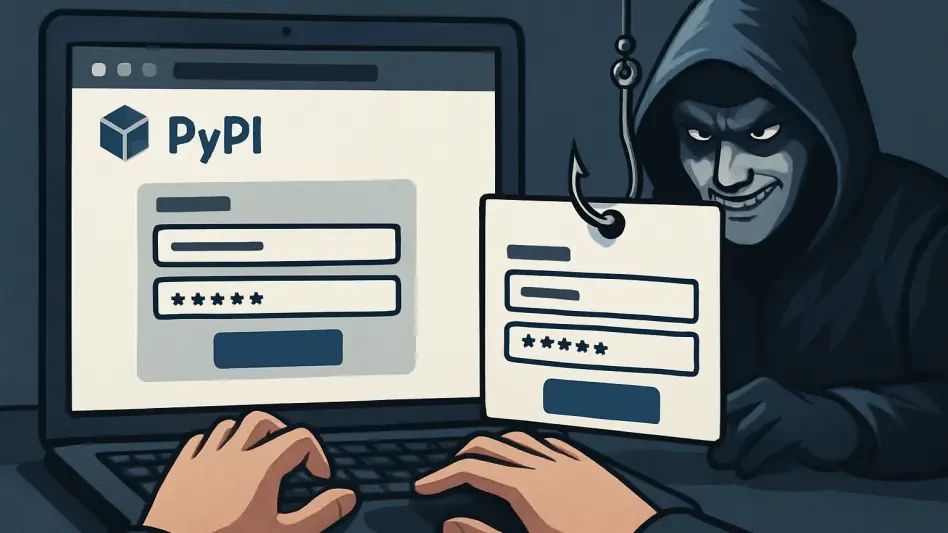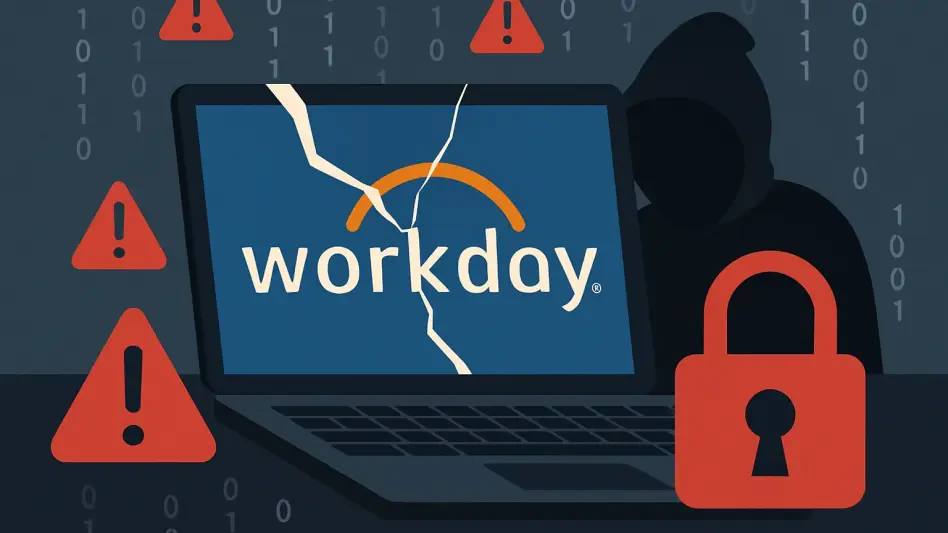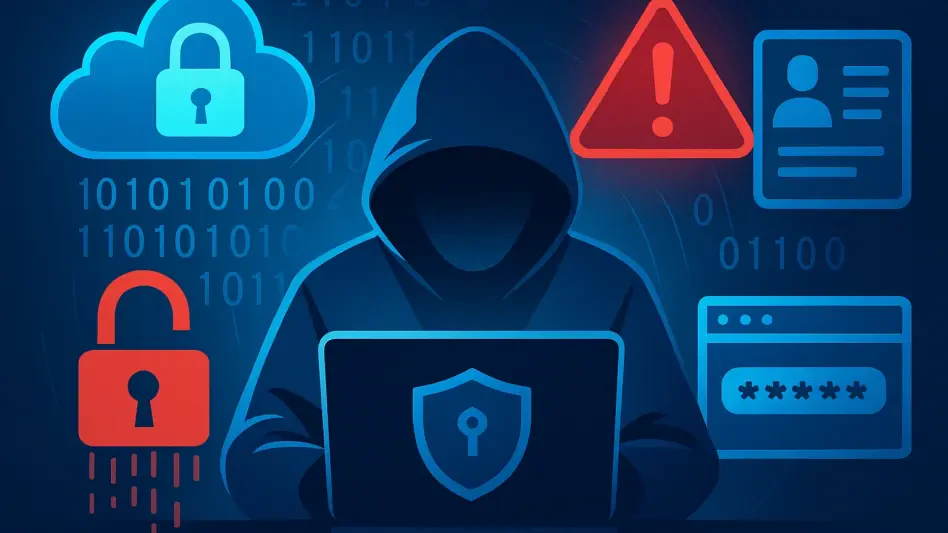In a digital landscape where open-source software underpins countless applications, the Python Package Index (PyPI), a vital repository for Python developers, has become a prime target for cybercriminals wielding sophisticated phishing schemes. Recent reports reveal a disturbing wave of attacks aimed at PyPI maintainers, the individuals responsible for managing and updating critical software packages. These deceptive campaigns exploit trust through meticulously crafted emails that mimic official communications, tricking users into divulging sensitive credentials. The implications are severe, as compromised accounts could allow attackers to inject malicious code into widely used packages, affecting millions of systems worldwide. This alarming trend highlights the urgent need to understand the mechanics of these attacks and the evolving strategies to counter them, as the security of open-source ecosystems hangs in the balance.
Unpacking the Sophisticated Phishing Tactics
The phishing campaign targeting PyPI maintainers showcases an unsettling level of precision and technical prowess that sets it apart from typical scams. Attackers send emails that replicate the branding, headers, and footers of legitimate PyPI notifications, complete with logos and seemingly authentic links. These messages often warn of account suspension unless recipients verify their email for supposed security checks, creating a sense of urgency. However, the embedded hyperlinks lead to fraudulent domains like pypi-mirror.org, which are unrelated to the Python Software Foundation (PSF). These malicious sites host login pages that mirror the real PyPI portal, capturing credentials via subtle JavaScript code and AJAX POST requests sent to hidden command-and-control servers. The use of valid HTTPS certificates and hosting on popular content delivery networks (CDNs) further obscures the deceit, making detection a significant challenge for even tech-savvy users.
Beyond the visual deception, attackers employ advanced techniques to evade traditional security measures and maintain persistence in their campaigns. Domain-confusion tactics are central to this scheme, with look-alike URLs such as pypi-verify.org and pythonpkgs.org designed to exploit user trust in familiar web indicators like the browser’s padlock icon, which suggests a secure connection but not a legitimate site. URL shorteners and subdomain variations add another layer of obfuscation, complicating efforts to track and block malicious activity. The sophistication extends to the psychological manipulation embedded in the emails, preying on the natural inclination to comply with urgent administrative requests. This multi-faceted approach underscores a critical gap in conventional defenses like TOTP-based two-factor authentication (2FA), which fail to prevent credential theft through fake login forms, pushing the industry to rethink authentication standards.
Countermeasures and Industry Responses
In response to this escalating threat, PyPI administrators have mobilized a multi-pronged strategy to safeguard maintainers and the broader open-source community. Immediate actions include collaboration with domain registrars and CDN providers to suspend malicious domains and submitting them to phishing blocklists, which trigger browser warnings to unsuspecting users. Intelligence sharing with other repositories like npm and RubyGems has also been prioritized to build a collective defense against similar attacks. These efforts aim to disrupt the attackers’ infrastructure and limit the reach of fraudulent sites. However, the challenge lies in the speed and adaptability of cybercriminals, who often register new domains as soon as others are taken down, necessitating constant vigilance and rapid response mechanisms to stay ahead of the threat curve.
Looking toward long-term solutions, PyPI is exploring the adoption of hardware security keys based on WebAuthn protocols, which offer stronger resistance to phishing by ensuring authentication cannot be initiated through attacker-controlled forms. While promising, this shift demands significant time for implementation and extensive user education to encourage widespread adoption among maintainers. Beyond technical fixes, actionable advice for individuals includes avoiding unsolicited links, especially when password managers do not auto-fill credentials, and enabling phishing-resistant 2FA where available. Monitoring account security logs for unusual activity and reporting suspicious emails to PyPI’s support channels are also critical steps. This dual focus on immediate mitigation and future-proofing reflects a broader industry acknowledgment that combating phishing requires both innovation and community cooperation.
Strengthening Defenses for the Future
Reflecting on the response to this phishing campaign, it’s evident that PyPI administrators acted swiftly to address the immediate dangers posed by deceptive emails and fraudulent domains. Partnerships with external entities to dismantle malicious infrastructure proved effective in curbing the spread of these attacks, while shared intelligence fortified defenses across open-source platforms. These efforts underscored the importance of rapid, coordinated action in the face of evolving cyber threats that target the trust inherent in digital communications.
Moving forward, the path to enhanced security lies in embracing cutting-edge authentication methods and fostering a culture of awareness among maintainers. Exploring hardware-based solutions and prioritizing user education can create a robust barrier against future phishing attempts. Encouraging developers to remain vigilant and report anomalies will further strengthen the ecosystem. By balancing technological advancements with proactive community engagement, PyPI can pave the way for a safer open-source environment, ensuring that trust in critical software repositories remains intact.








